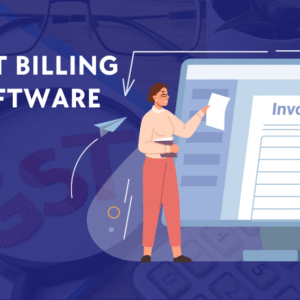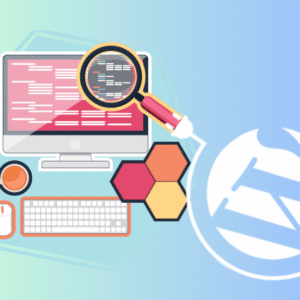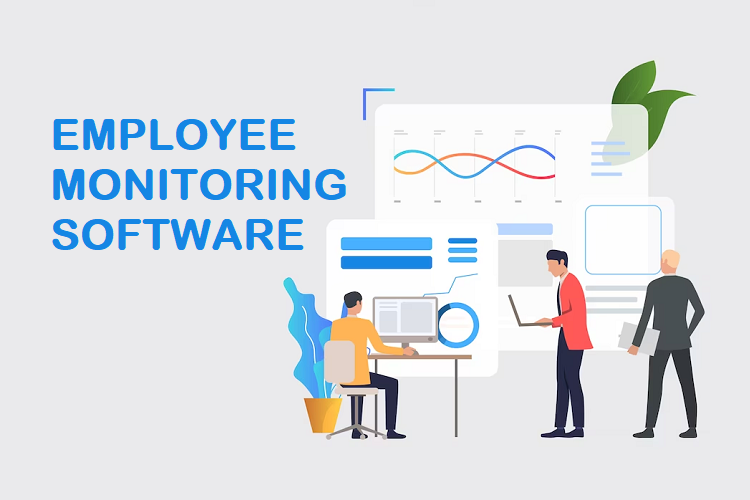If the past year has taught businesses anything, it’s that they should be prepared for everything.
COVID-19 changed the way in which business operates. For example, working from home became the norm instead of an exception. In the wake of COVID-19, many businesses saw even more interruption.
For example, there have been quite a few high-profile ransomware attacks and other cybersecurity issues that have simultaneously affected businesses at the same time as a global pandemic.
With that in mind, disaster recovery planning should be a top priority right now. There are specific concepts to consider in disaster recovery planning, like data backup and high availability principles.
Then, there are more general objectives to make sure you account for.
The following are some of the main things to know about disaster recovery planning.
Start with The Fundamentals
If you haven’t evaluated your disaster recovery plan in a while, now is the time to do that. You want to audit all of your backup plans and determine where you have no plans.
If you haven’t backed your data up, even the best disaster recovery plan won’t be much help to you.
Take stock of your entire environment, and make sure that you have a plan that covers it holistically.
You should be proactive and don’t assume anything is going to keep functioning as it is currently. You should always be not just evaluating your plans and coverage but making sure your equipment is working and updated.
As you’re looking at the fundamentals, you should specifically identify your most valuable assets.
You can also prioritize assets based on how valuable or important they are for your organization. This helps you know where to put your attention first, so you can get back to operating after a disaster as fast as possible.
What’s Included in a Disaster Recovery Plan?
One metric that should be included in a disaster recovery plan is called Recovery Point Objectives or RPO.
RPO looks at how much data you might lose during recovery. You can control this metric by changing how frequently your data backups occur.
Another metric is Recovery Time Objectives or RTO. RTO is an estimation of how long it will be before normal operations resume after a disaster.
You’re going to need more resources for a faster RTO.
Remote data backup is a term referring to your offsite backup for your most important data.
Then, there’s an accountability chart. This will show who’s responsible for what in your plan.
Comparing Recovery and Business Continuity
When you’re creating a disaster recovery plan, you need to know the distinction between what it is and what business continuity refers to.
They’re not the same, but the terms tend to be used interchangeably.
Business continuity means that you have a plan for staying operational even though there are interruptions.
Disaster recovery is about fixing those interruptions.
Redundancy
As your creating your disaster recovery plan, you need to make sure there isn’t one single point of failure.
You want redundancy within your storage and server platforms.
Be Mindful When You’re Choosing Vendors
The partners you decide to work with for your hardware and services are going to play a big role in the success or failure of your disaster recovery plan.
Look for vendors that act as true partners, meaning that they’re delivering full-service support before, during, and after a disaster you may face.
Defining Roles
Briefly, this was mentioned above, but your disaster recovery plan needs to include your employees in specific ways.
Your employees should know what’s expected of them, and your IT staff should know where their focus should lie during an outage versus what will be handled by your vendors.
Don’t Forget to Test
When you create a disaster recovery plan, perhaps one of the most important things to remember is that you need to test it. You don’t just test it once. You need to test it continuously.
There are always going to be ongoing changes that could affect your disaster recovery strategy.
The recommendation is that you plan to test at least quarterly.
If the past year has taught businesses anything, it’s probably that they should be prepared for everything.
A big part of that is having a disaster recovery plan, particularly as events like ransomware attacks grow in scope and severity.
When you’re prepared, you can get up and running faster and more smoothly, saving money and preventing irreversible damage to your business and your brand.






